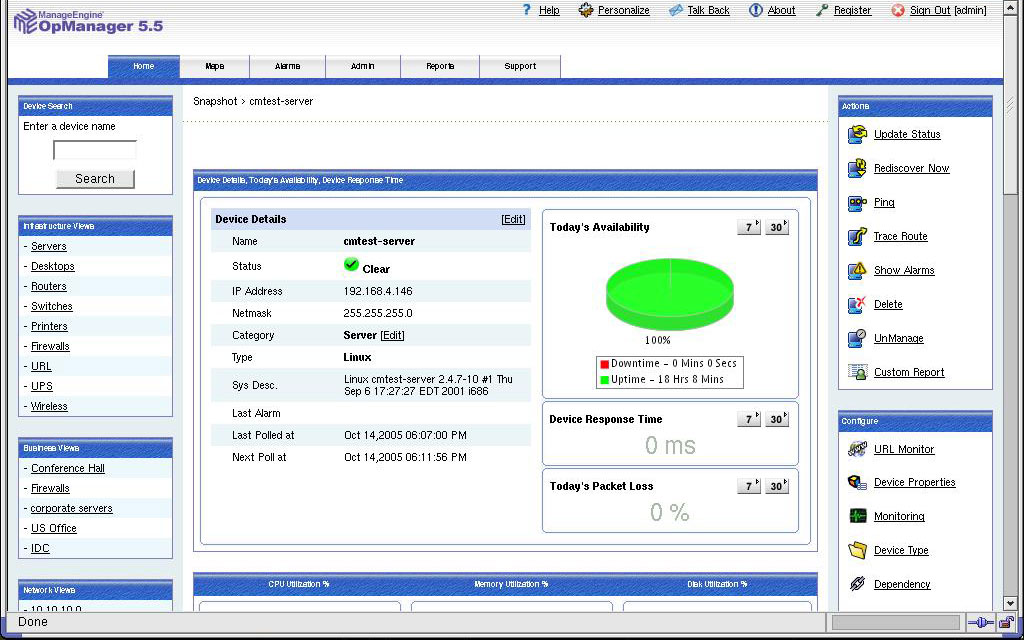
Hddtemp – monitors and reports the temperature of PATA, SATA or SCSI hard drives by reading Self-Monitoring Analysis and Reporting Technology (S.M.A.R.T.) information on drives that support this feature It allows you to access information from temperature, voltage, and fan speed sensors. Lm-sensors – a hardware health monitoring package for Linux. The following packages need to be installed Using Sensors tools – The full thrust Installation
#Linux hardware monitor how to
See more in How to check your Laptop Battery Status from CLI Command Line in Linux 3. Thermal 1: trip point 0 switches to mode critical at temperature 127.0 degrees CĪcpi can also be used to check battery and power status. Thermal 0: trip point 1 switches to mode passive at temperature 90.5 degrees C Thermal 0: trip point 0 switches to mode critical at temperature 105.0 degrees C

Sample Output: Battery 0: Discharging, 96%, 02:33:55 remainingīattery 0: design capacity 1773 mAh, last full capacity 1723 mAh = 97% You can check all the status together: # acpi -V

Sample Output: Thermal 0: ok, 55.0 degrees C In Debian flavour linux such as Debian, Ubuntu, Kali, use the following command: # apt-get install acpi Usage # acpi -t The elite way, cat the temperature file: # cat /proc/acpi/thermal_zone/THM/temperature Using sensors tools (lm-sensors installation required)ġ.Using ACPI tool (acpi installation required).Commonly used tools to Monitor Laptop CPU Temperature and Hard Disk:

In this guide we will show few methods to get temperatures. This is a small guide on How to Monitor Laptop CPU Temperature and Hard Disk in Linux – CLI Command Line and Visual.


 0 kommentar(er)
0 kommentar(er)
